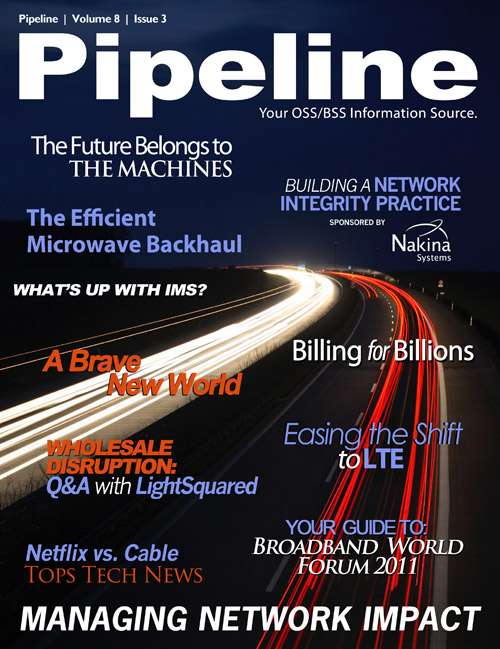By: Tim Young

In considering the on-again-off-again relationship between market observers and IMS, I thought back to
an article I wrote on the topic in 2005. I recall it mostly for the mix of enthusiasm and sheer bafflement
demonstrated by many of the vendors and service providers I spoke to about the technology.
The piece was entitled, “Emerging IMS: Charting a New Direction”, and most of the vendors I spoke with
don’t even exist anymore. (If you’re itching for a ride in the wayback machine, you can read the whole
article here: http://www.pipelinepub.com/0605/tyoung.php)
I closed the article with these words: “Optimism is somewhat easier to grab onto on the front end of a
challenge. As IMS grows and changes, the true ability of firms to stay ahead of the curve will be tested,
and it will be positive results that adorn the firms that display the most accurate vision of the future of
IMS.”
Now, there were all kinds of things I didn’t know in 2005: That taking shampoo onto an airplane would
one day be illegal. Which characters on the reimagined Battlestar Galactica were Cylons. That there
would ever be such a thing as an iPhone.
But it was clear, even then, that IMS may have a complicated future.
True to form, within a few short years, the death of IMS was being declared in conference sessions and
publications throughout the industry. Some, like Yankee Group’s Brian Partridge, asserted that it was
just the death of the hype cycle, but that the technology would remain active as long as CSPs remained
invested in the complex and expensive framework (http://blogs.yankeegroup.com/2008/04/02/ims-
hype-is-officially-dead/). Others, like unequivocal IMS critic Dean Bubley, were far less diplomatic,
decrying IMS as a boondoggle whose time had passed and that was only being propped up by those
with incentive to do the propping (http://disruptivewireless.blogspot.com/2009/08/mobile-ims-and-lte-
networks-dead-parrot.html).
And why wouldn’t that be the case? Vendors, following the Field of Dreams model of infrastructure
development (“If you build it, they will come.”) got to work doing the building, but the cost and
complexity of IMS was proving to be too much for CSPs.
In fact, when we first discussed mentioning IMS as a part of our network impact issue, the conversation
went something like, “now that IMS is dead, what are service providers using to do the things it should
have done?”
Meanwhile, however, IMS was not resting in peace. Instead it was waiting for its moment to stride, like
Tom Sawyer, into its own funeral service, breathing and grinning.
That moment seems to have arrived, thanks to LTE bullishness.





